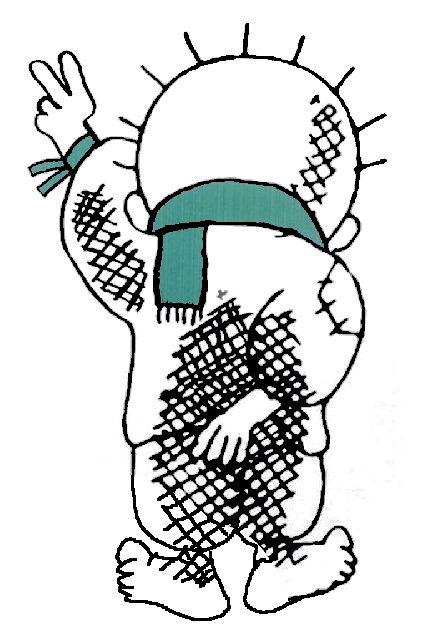Category: Press Releases
-
One Voice in Gaza: normalization at its best!
5 December 2012 | The One Democratic State Group, Besieged Gaza, Occupied Palestine It has come to our knowledge that One Voice, “an international grassroots movement that amplifies the voice of mainstream Israelis and Palestinians, empowering them to propel their elected representatives toward the two-state solution” has started recruiting youth from The Gaza Strip. This…
-
Israeli army demolishes mosque in al Mufaqarah, South Hebron Hills
4 December 2012 | Operation Dove At-Tuwani – On Tuesday 4 December at 6.30 am, two bulldozers together with a Border Police vehicle, four District Coordination Office (DCO) vehicles and five Israeli army vehicles arrived to the Palestinian village of al Mufaqarah, and demolished the mosque. The mosque was already demolished by the Israeli army…
-
Demonstration in solidarity with Gaza fishermen on Wednesday, 5 December 2012 at Gaza port
4 December 2012 | Palestinian Centre for Human Rights A demonstration in solidarity with Gaza Fishermen is planned for Wednesday, 5 December 2012, to be held at Gaza Port at 10am. In the period between Wednesday, 28 November, and Saturday, 1 December, at least 29 fishermen have been arrested, at least 9 fishing boats have…


